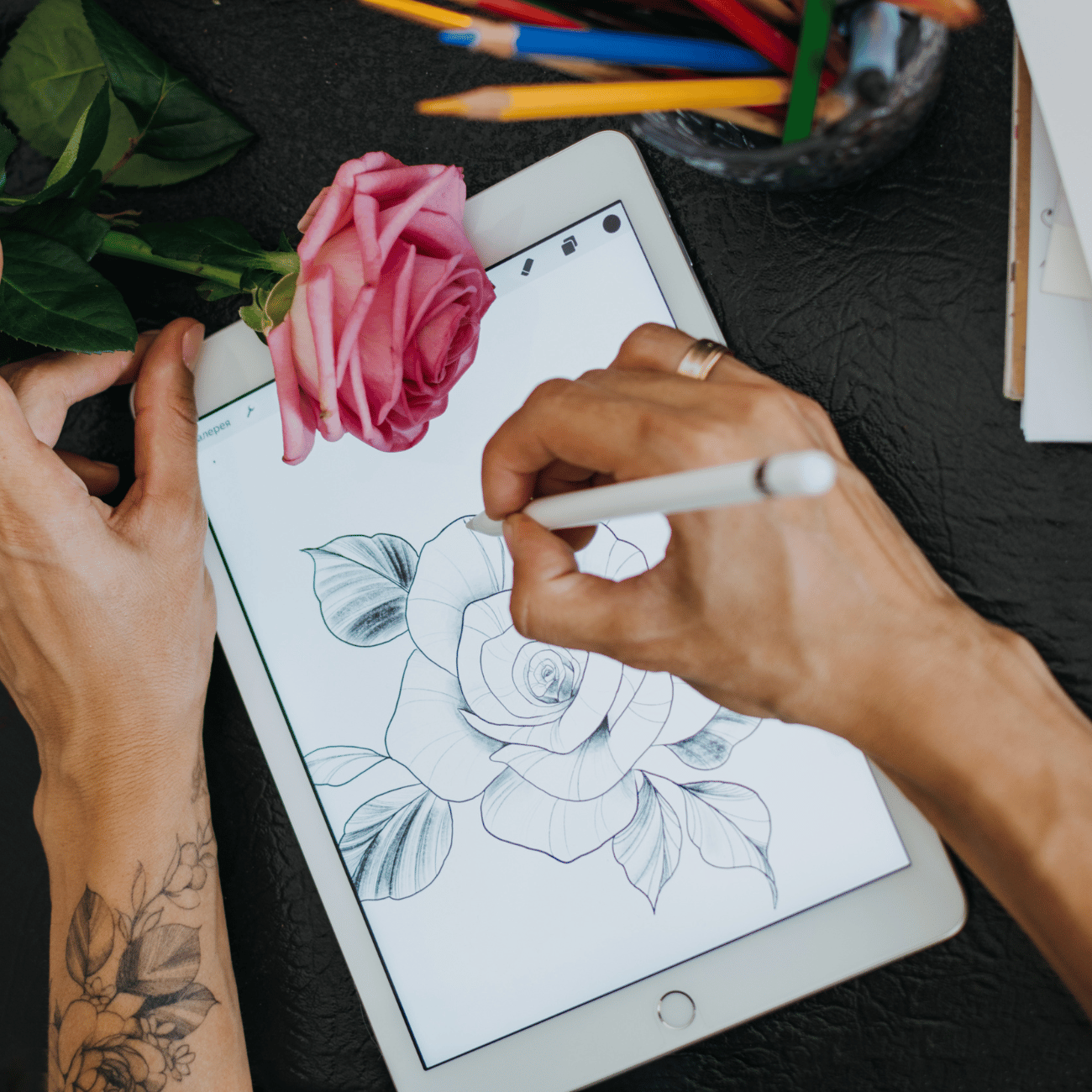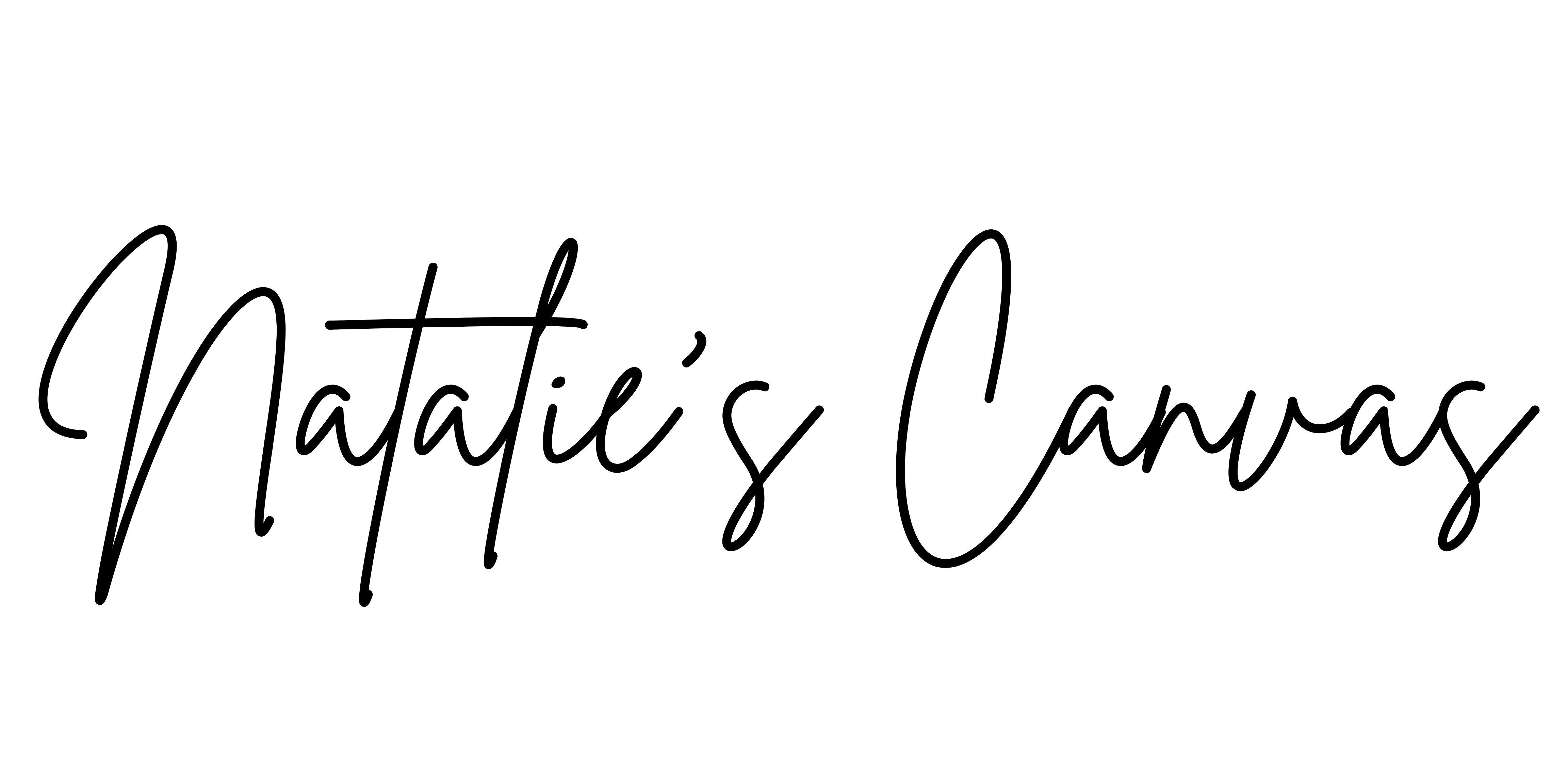
30 Dec Why Pursuing an Art Career is a Seriously Good Idea
Why Art is a Great Career to Follow
So, you’re passionate about art and wondering if you can turn this love into a real-deal career. Well, you’ve come to the right place. I’m here to tell you that pursuing an art career is not just a dreamy idea but a viable and exciting path worth considering.
In this article, I will break down some of the biggest myths about being a professional artist and get into the nitty-gritty of why an artistic career is something you should consider.
I’ll tackle the common misconceptions head-on, chat about the real opportunities, and discuss the challenges that are actually not as scary as they seem. Whether you’re into painting, digital art, photography, or any other form of creative expression, there’s a place for you in the art world.
Let’s get right into it and explore why choosing an art career is one of the best decisions you’ll make. Get ready to be inspired!
Misconception #1: “Art Isn’t a Real Career”
If you’ve ever heard someone say that art isn’t a ‘real’ career, you’re not alone. This myth is so widespread and misleading. The truth is that the art world is full of career opportunities that go far beyond the image of a starving artist. From graphic design and animation to fine arts and museum curation, the options are diverse.
For example, take successful artists like Kehinde Wiley, known for his vibrant, large-scale paintings that reimage classic portraits, or Annie Leibovitz, whose photographs are some of the most iconic images of our time. These artists, like so many more, have created successful careers by combining their passion for art with a strategic approach to their work.
Yet, it’s also important to know that the art world is changing fast because of technology. Digital art, video game design, and virtual reality are just some new areas where artists are taking off. These areas require artistic talent and technical skill, proving that art careers can be cutting-edge and creative.
Misconception #2: “You Can’t Make Good Money as an Artist”
The idea that artists can’t earn a good living is another myth that needs busting. Making money in any career is challenging, and in the art world, it’s not as impossible as naysayers make it seem. Many artists successfully monetize their skills and creativity in different ways.
One strategy is diversification. Artists can create multiple income streams, such as selling original works, taking on commissioned projects, teaching workshops, or licensing their art for commercial use. For example, contemporary artists like Takashi Murakami or Shepard Fairey have turned their art into lucrative brands, collaborating with fashion labels and companies.
Moreover, the digital age has opened new ways for artists to make a good income. Platforms like Patreon, Etsy, or Redbubble allow artists to connect directly with their audience and sell their work globally. And let’s not forget! Social media is a powerful tool for artists to showcase their portfolios, attract commissions, and build a following that can translate into financial success.
Misconception #3: “Art is Only for the Naturally Gifted”
You might often hear that only naturally talented people can succeed in art. That’s not true. Art, like any skill, grows and improves with time and effort. Sure, some might start with a bit of a head start in artistic talent, but the real keys to becoming a great artist are practice, dedication, and always being open to learning new things.
Take Vincent van Gogh or Frida Kahlo, for example. They weren’t seen as natural-born geniuses at the start. They worked hard, tried new things, and eventually developed the unique styles we admire today. And they’re not alone. Many artists today spend years refining their skills, trying out different ways to express themselves, and discovering what makes their art special. Just take Devon Rodriguez, who worked on his skills until he became one of the most followed artists on social media.
In the art world, there are tons of stories about creative people who started from the very beginning and worked their way up to become really good at what they do. But it’s not just about getting better at drawing or painting; it’s also about understanding art history, learning different theories, and keeping up with what’s new. All these parts together help you build a strong set of skills as an artist.
Misconception #4: “The Art World is Too Competitive”
Yes, it’s true that the art world can be competitive, but don’t let that put you off. Just like in any field, whether it’s science, business, or sports, competition is just part of the game. What’s important in art is finding your own special area, coming up with your own unique style, and looking for opportunities.
One way to stand out is by coming up with your own distinct voice and style. You might need to experiment with different materials, use less common art forms, or make a statement by creating pieces that focus on current issues that resonate with people. Networking and connecting with other artists are also great ways to get your work out there and noticed.
Additionally, the rise of digital platforms has created opportunities like never before. Sites like Instagram, Behance, and ArtStation are great for showcasing your artistic work to a bigger audience, connecting with other artists, and finding opportunities that might not have been available in the past.
Misconception #5: “You Need Formal Art Education to Succeed”
Another common myth is that formal education is the only way to make it big in art. Art schools offer various art majors and valuable training and networking opportunities, and you should consider attending an art school if you can, but there are many paths to success.
Many successful artists use resources such as online courses, workshops, tutorials, and mentorships to develop their skills.
Consider artists like Jean-Michel Basquiat, who had little formal training but made a big impact on the art world. His success shows the importance of passion, self-motivation, and a willingness to learn.
Misconception #6: “Art is a Solitary Career”
Many people picture artists as lonely people, spending hours alone with their work. While art is an individual and personal journey, it’s far from being a lonely career. In reality, art is all about collaboration and community.
Think about the times in school when you’ve worked on art projects with your friends. Sharing ideas, working on a mural together, or just chatting about different styles. These are all examples of how artists come together to create something bigger and better. Whether during art classes or in larger group projects, working with others can really inspire your creativity and bring new ideas to the table.
Networking also plays a big role. Connecting with artists can open exciting opportunities, like collaborations. Online art communities are also perfect for meeting other artists and getting your name out there.
Misconception #7: “Digital Art Isn’t ‘Real’ Art”
Okay, let’s tackle a big one: some people think digital art isn’t “real art.” This is simply not true. Digital art is just art in a new form, thanks to all the cool tech we have. It’s as real and creative as the art made with brushes and canvas.
Digital art spans a wide range of forms, including digital painting, illustration, 3D modeling, and animation. These aren’t just new tools; they require the same level of artistic skill and artistic sense as painting or sculpting. Take successful artist Beeple, for example, who made headlines for selling a digital piece as an NFT (Non-Fungible Token) for millions. This proves the worth of digital art and shows how it’s creating new opportunities in the art world.
As a high school student taking art classes, digital art might already be part of your life, and you’re likely comfortable with digital tools and platforms like Procreate. This gives you a big advantage because it opens doors to new types of art, like making cool graphics for games or exploring the world of commercial products, which is all about digital art. Either way, it’s a new way for you to get into the art scene and make your mark.
Misconception #8: “There’s No Job Security in Art”
Finally, let’s talk about one of the biggest worries for aspiring artists: job security in the art world. Stable careers are important, and job security is a worry in every field, not just art. The good news is that there are many ways to find financial stability and job security in today’s art scene.
For example, the creative paths are endless. Artists can become graphic designers, web designers, product designers, interior designers, fashion designers, photographers, fine artists, art directors, creative directors, art therapists, art teachers, and art professors. The list is endless.
Many artists are also getting very entrepreneurial. They’re not just creating art but also marketing themselves on social media, selling their work, taking on commission projects, teaching, and collaborating with others. The trick is to be adaptable and open to trying out different opportunities.
Also, think about the skills you gain as an artist. We’re talking about creativity, solving complex problems, and expressing ideas visually. These skills are highly valuable, even outside the art world. They can act as a safety net, giving you the flexibility to shift gears or blend your artistic talents with other career paths if you ever choose to.
Keep Pursuing Your Artistic Dreams
There you have it – the big myths about art careers! The bottom line? Don’t let naysayers stop you from doing what you love. Art is a real career path in an expansive field, and your interest in it is something to be proud of.
Remember, art isn’t just about being born with talent. It’s about the time you spend getting better at it and the unique way you see things. Your hard work and your own style are what make you stand out.
So, keep up with your art, whether that’s drawing, painting, or anything else creative. It’s your own special journey, and it’s full of chances to learn and shine. Believe in what you can do, and you’ll see how many doors it can open for you!





Sorry, the comment form is closed at this time.